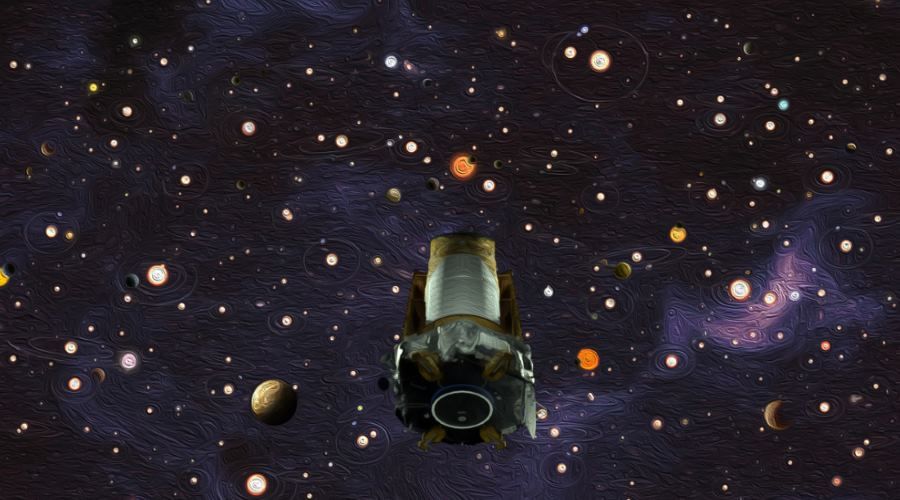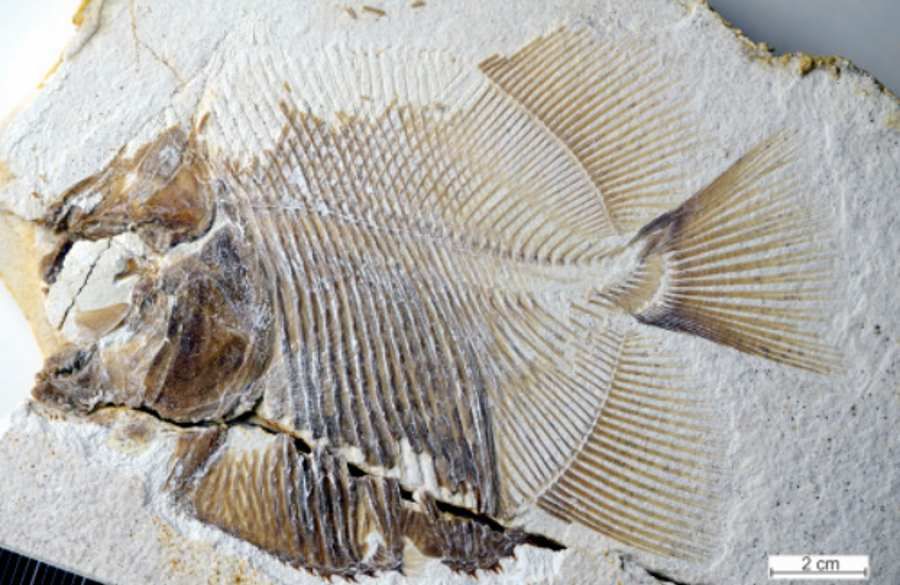End of Kepler Space Telescope mission
After nine years of work and the discovery of thousands of extrasolar planets, NASA decided to shut down the Kepler Space Telescope. Telescope has exhausted the fuel needed for further science operations.
Since its launch in March 2009, the telescope has identified more than 2,600 planets outside our solar system and discovered that as many as half of the stars visible from Earth may be surrounded by small, rocky, Earth-like planets.
– As NASA’s first mission to search for extrasolar planets, the Kepler telescope has exceeded all our expectations and paved the way for further exploration of life in the Solar System and beyond. Not only has it shown us how many planets may be hiding in space, but it has also created a whole new and robust field of research that that has taken science by storm. His discoveries have shed new light on our place in the Universe and have shown the tempting secrets and possibilities within the d stars,” said NASA’s Thomas Zurbuchen.
Kepler has opened our eyes to the r the diversity of planets, which re exist in our galaxy. Recent analyses of discoveries made with the m b that 20 to 50 percent of the stars visible in the night sky may have small, possibly rocky, Earth-like planets that that are located in the so-called. ecosphere of its parent stars, which is the zone around The SpiNNaker is a supercomputer that operates on a star where conditions are right to keep water in a liquid state on the surface.
The most common planet size discovered by the Kepler telescope does not exist in our planetary system. These are objects that are between the size of Earth and Neptune. We don’t know much about them, and the telescope has given scientists a chance to explore this issue.
– When we started working on this mission 35 years ago, we didn’t know a single planet outside our solar system. Now we know that planets are everywhere. The Kepler telescope has set us on a new course, is full of promise for future generations – noted William Borucki, head of the he chief scientist of the Kepler mission.
The Kepler Space Telescope was equipped with the most modern technology available at the time. – The Kepler telescope mission was based on a very innovative design. It was a very clever approach. Of course, the mission brought challenges, but it had an unusually talented team ł scientist and engineer in, kt overcame them – stressed Leslie Livesay of NASA’s Jet Propulsion Laboratory, who ry served as project manager of the Kepler telescope during the development of the mission.
The Kepler telescope has been searching for extrasolar planets using a so-called. transit methods. It measured the brightnesses of stars in search of small, regular faintings, kt The new research concept was called the K2 mission ³ stars. If the plane of a planet’s orbit is properly aligned with our line of sight, such a planet will periodically pass in front of its star – to make a transit, which will cause a periodic decrease in brightness.
It was originally set up to look uninterrupted at 150,000 stars in the constellations of Lute and Swan. After four years of smooth operation, the telescope’s reaction wheel failed in 2013, forcing a change in the search formula. The new concept of research was called the K2 mission and it consisted in kr More observations of other regions in the sky than the constellations observed so far. K2 has lasted as long as the original mission and has increased the number of observed stars to more than 500,000.
Observing so many stars has allowed scientists to better understand the behavior and properties of stars, which is key information in studying planets that as they circle them. But the information provided by the telescope has also extended our knowledge in other areas of astronomy, such as the history of the Milky Way and the early stages of exploding stars called supernovae.
Data from the mission were immediately available to the public and the scientific community, allowing discoveries to be made at an incredible rate and setting the bar high for other missions of this type. But the spacecraft’s retirement is not the end of its discoveries. The data obtained thanks to the Kepler telescope will be analysed for a long time and may lead to further discoveries.
The latest observations of the Kepler telescope will be supplemented by data from its successor – TESS ((Transiting Exoplanet Survey Satellite) telescope. Launched into space this April, the telescope is expected to look for a periodic decrease in the brightness of the 200,000 brightest stars near our Sun. The researchers hope that some Some of them will be close enough to Earth that they can be studied in depth by available instruments.
For this two-year research mission, scientists have divided the sky into 26 sectors . TESS will use four powerful wide-angle cameras to search 13 sectors covering the southern sky during the first year of observations. Next year, the 13th sector will come under the magnifying glass in p of the northern sky. In total, the observations will cover about 85 percent of. sky.



